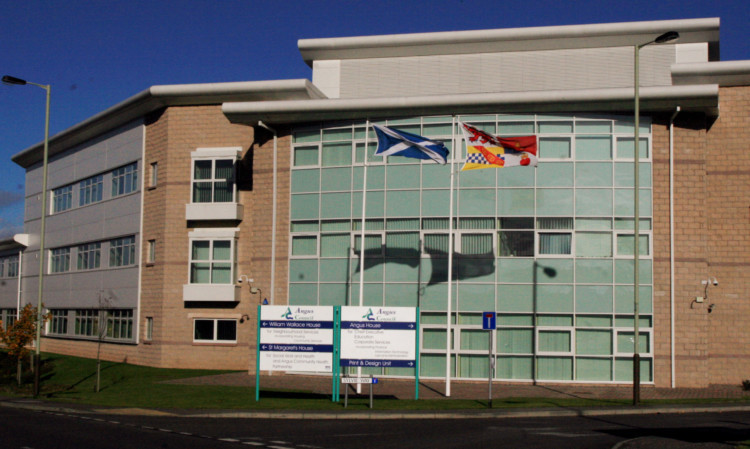Sickness and absence levels have taken a massive drop across all Angus Council departments for the second quarter in a row.
A new report from the local authority’s resources director, Mark Armstrong, shows a near 20% reduction in overall absence levels has been recorded for the second quarter of 2013/14 (July 1 to September 30 2013) compared to the same period last year.
The drop coincides with the appointment of a personnel adviser hired with a remit to support managers in addressing absences and sickness.
Scrutiny and audit committee convener and Arbroath East and Lunan councillor Bob Spink welcomed the figures.
“I’m delighted with this,” said Mr Spink. “We have been concerned about the figures as they have been raised as an issue in the past. The last three-month period previous to this one also showed a downward trend and that has continued.
“We have someone else working with human resources who is, I would imagine, making a difference and if we can maintain that for a while I will be very happy.”
The report shows that absences of one day accounted for 6% of total days lost, absences of two to five days 17%, absences of six to 20 days 28%, and absences of more than 20 days 49%.
Of the incidences of absence, 37% were one-day absences, 38% two-five days, 15% six-20 days and 10% more than 20 days.
In the second quarter, July-September 2013, the direct cost of employees’ sickness absence was £634,628.
This figure comprises payments of statutory sick pay (SSP) at £116,025 and occupational sick pay (OSP) at £518,603.
The cost of direct sick pay was 2.09% of total salary costs.
Mr Armstrong states in the report: “Overall, there was an 18% reduction in absence levels during this quarter when compared with the same quarter in 2012/13. This is the second successive quarter showing a marked reduction in the absence levels there was a drop of 16% during the first quarter of the year.
“These reductions are clearly to be welcomed and it is to be hoped that they represent a continuing trend.”
Despite the positive figures, the report highlights that stress was given as a reason for 24.53% the highest figure for any one reason of all absences and Mr Spink added that this figure shows that the council’s work is not done yet.
He said: “The drop in numbers shows that something is working but we’re not going to be complacent and there is still a ways to go.
“The reasons for absence list shows stress is the mean reason so we’ll keep an eye on that.”
The report will come before the scrutiny and audit committee at its next meeting on Tuesday.
